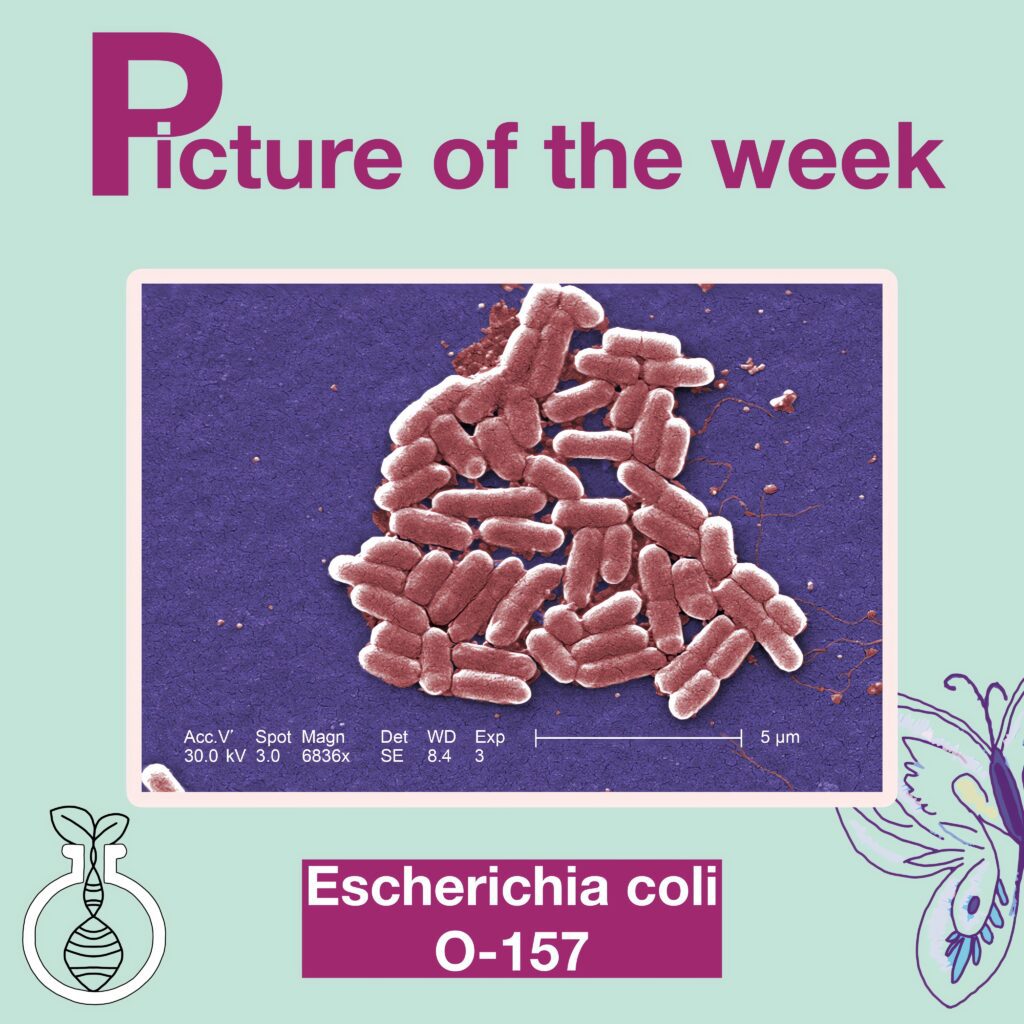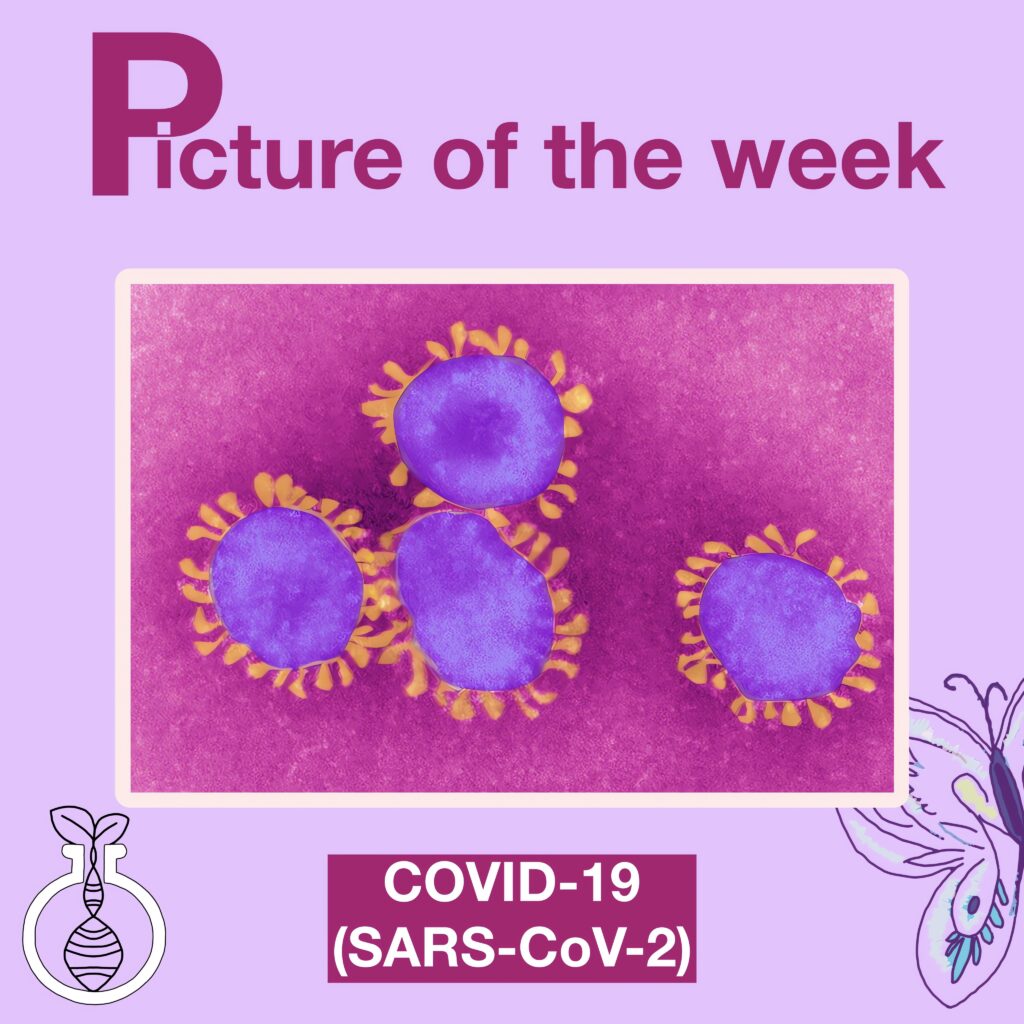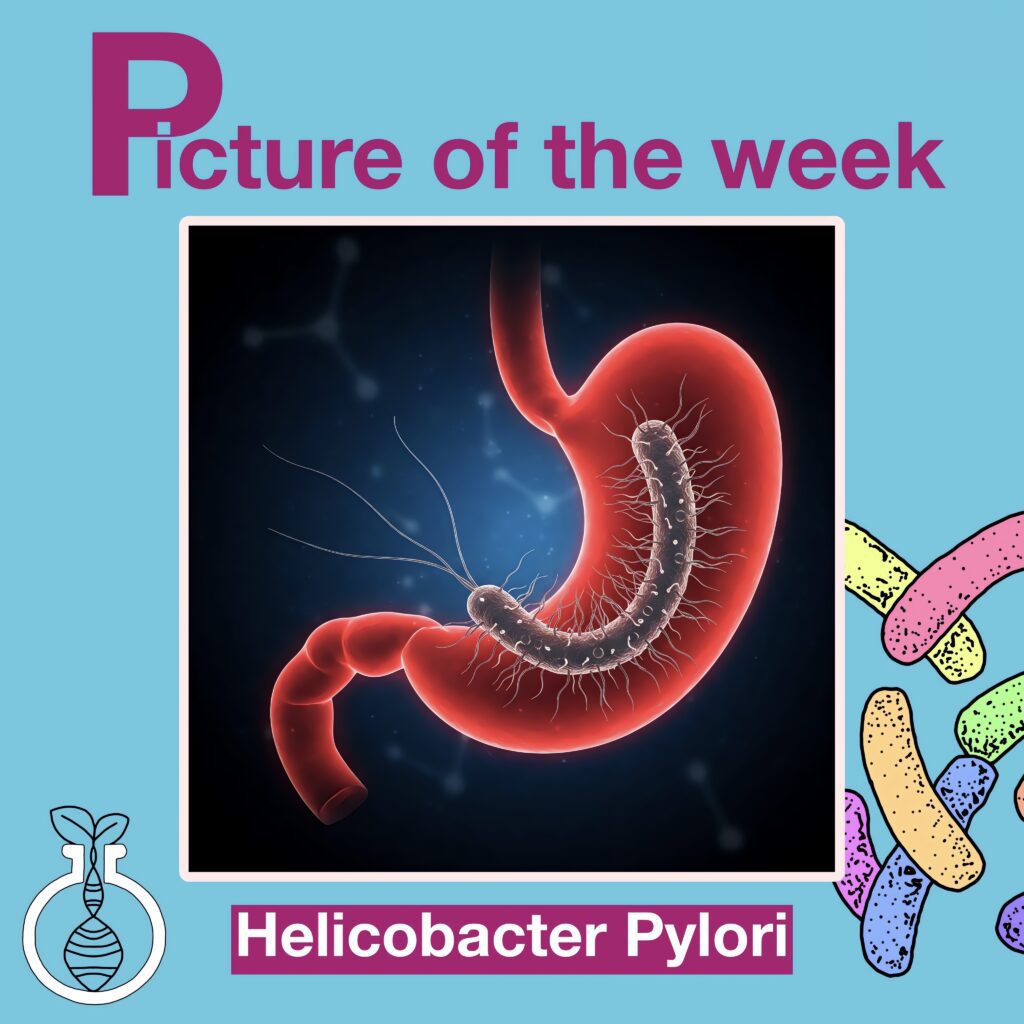Welcome to this week’s spotlight! Hidden within the unseen world of microbes, E. Coli O-157 stands out as a tiny, yet powerful force. This strain of Escherichia coli may appear unassuming under the microscope but don’t be fooled by its size. Known for its notorious role in foodborne illnesses, E. Coli O-157 is a master of survival, thriving in environments from raw meat to leafy greens.

What is Escherichia Coli O-157?
Under the lens, this microorganism reveals its rod-shaped structure, a simple yet efficient design that has made it a formidable opponent in the microbial world. With just a few micrometres in length, it can unleash a storm of symptoms in the human body, reminding us of the delicate balance between our health and the invisible world around us.
While many strains of E. Coli are harmless inhabitants of our intestines, O-157 is a rogue, equipped with a potent arsenal of toxins that can disrupt our lives in a matter of hours. Once ingested, it can cause severe abdominal cramps, bloody diarrhea, and even life-threatening complications like hemolytic uremic syndrome (HUS), which affects the kidneys and can lead to serious long-term health issues.

The sources of this microscopic menace are often closer than we think. E. Coli O-157 can be found in undercooked ground beef, contaminated raw vegetables, unpasteurized milk, and even in water that has been tainted by animal waste. The bacteria’s ability to survive and thrive in these environments makes it a particularly dangerous contaminant.
But fear not—there are ways to protect yourself from this tiny terror. Cooking meat thoroughly, washing fruits and vegetables carefully, and avoiding unpasteurized dairy products are simple yet effective measures. Practicing good hygiene, such as frequent handwashing, especially after handling raw food or visiting the restroom, can also act as a strong barrier against this dangerous bacterium.
You can find the original images on this story through this link
Thanks for joining us on this microscopic journey into the world of Listeria monocytogenes. We hope you found this week’s feature as intriguing as we did. Don’t forget to check back next week for another captivating look into the unseen world around us. Until then, stay curious and keep exploring!


My name is Ali Emre Cabadak, a dedicated biology enthusiast currently pursuing my studies at Marmara University, where I am majoring in Bioengineering. As a passionate advocate for scientific discovery and innovation, I am the founder of Biologyto. My goal is to bring the wonders of biology closer to everyone and inspire a new generation of thinkers and innovators. Through Biologyto, I aim to write scientific articles that delve into the fascinating world of biology, sharing insights and discoveries that inspire curiosity and innovation.





